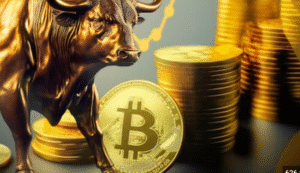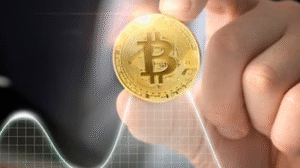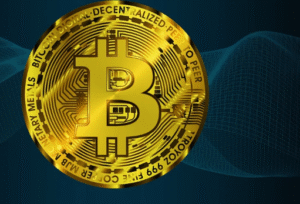$XRP $BTC $ETH
#XRP #cryptocurrency #blockchain #Ripple #financialreset #digitalassets #cryptoassets #investment #financialsystem #centralbanks #BIS #IMF
A recent stir has been created in the cryptocurrency sphere by an XRP forum’s familiar figure, Pumpius, with a bold prediction that signals a seismic shift in the global financial landscape. Pumpius suggests that the world is on the cusp of a financial reset, poised to favor those invested in XRP, the cryptocurrency developed by Ripple. This perspective posits that a mere 1% of the population, the XRP holders, will navigate through this upheaval on the winning side, leaving the vast majority, or 99%, grappling with the fallout due to their investment in what he terms as “the wrong assets”—fiat currencies and speculative tokens. Describing XRP not merely as another digital coin but as a cornerstone of the forthcoming financial empire, Pumpius envisions a world where wealth is not merely counted but coded, with XRP at its core.
Digging deeper into Pumpius’ narrative, XRP is framed as more than a cryptocurrency; it’s heralded as the “citizenship paper” of the new, post-reset financial dominion. This assertion is built on the belief that XRP will serve as a vital cog within a newly structured financial system grounded on infrastructure rather than speculation. Pumpius’ conviction that this system is stealthily taking shape through quiet protocol updates and unseen backend shifts suggests a revolution that will be realized only when it’s perhaps too late for the majority. The premise that holder of XRP will be uniquely positioned for advantage in this new era is underscored by an emblematic statement from Pumpius’ viral tweet, suggesting that the coming shift is not just about economic gain but about securing a place within a fundamentally reimagined global financial architecture.
Beyond the grand vision, Pumpius backs his claims with pointers to XRP’s perceived institutional interest and testing. He mentions undocumented experiments by the Bank for International Settlements (BIS) with XRP, favorable nods from entities like the World Bank and the International Monetary Fund (IMF), alongside RippleNet’s affiliations with over forty central banks. Such references, albeit speculative and lacking in public detail, have been enough to fuel discussions and speculation within XRP communities and beyond, about the cryptocurrency’s potential role in the future financial infrastructure.
However enticing Pumpius’ proposition, it remains steeped in speculation without concrete evidence or endorsement from the mentioned international institutions. The XRP narrative, while captivating for many in the crypto space, still necessitates a level of caution as the digital asset’s role in a future financial system is far from being officially recognized or confirmed. Despite the absence of solid proof, the dialogue around XRP and its place in the next generation of financial systems continues to grow, making it a speculative asset with the potential for high reward—and equally high risk. Advocates within the XRP community hold steadfast to the belief that XRP is not just another digital currency but a fundamental part of a new financial era. As the debate rages on, the vision of a financial reset with XRP at its heart remains a compelling, albeit uncertain, future scenario.











Comments are closed.